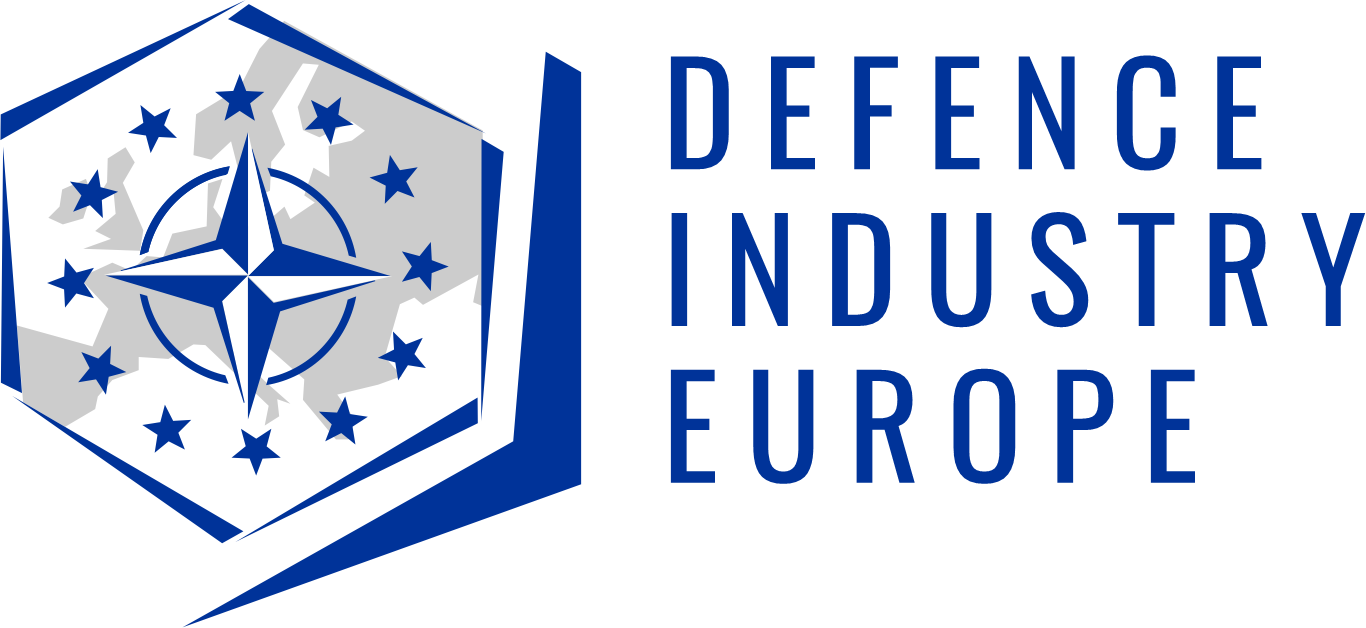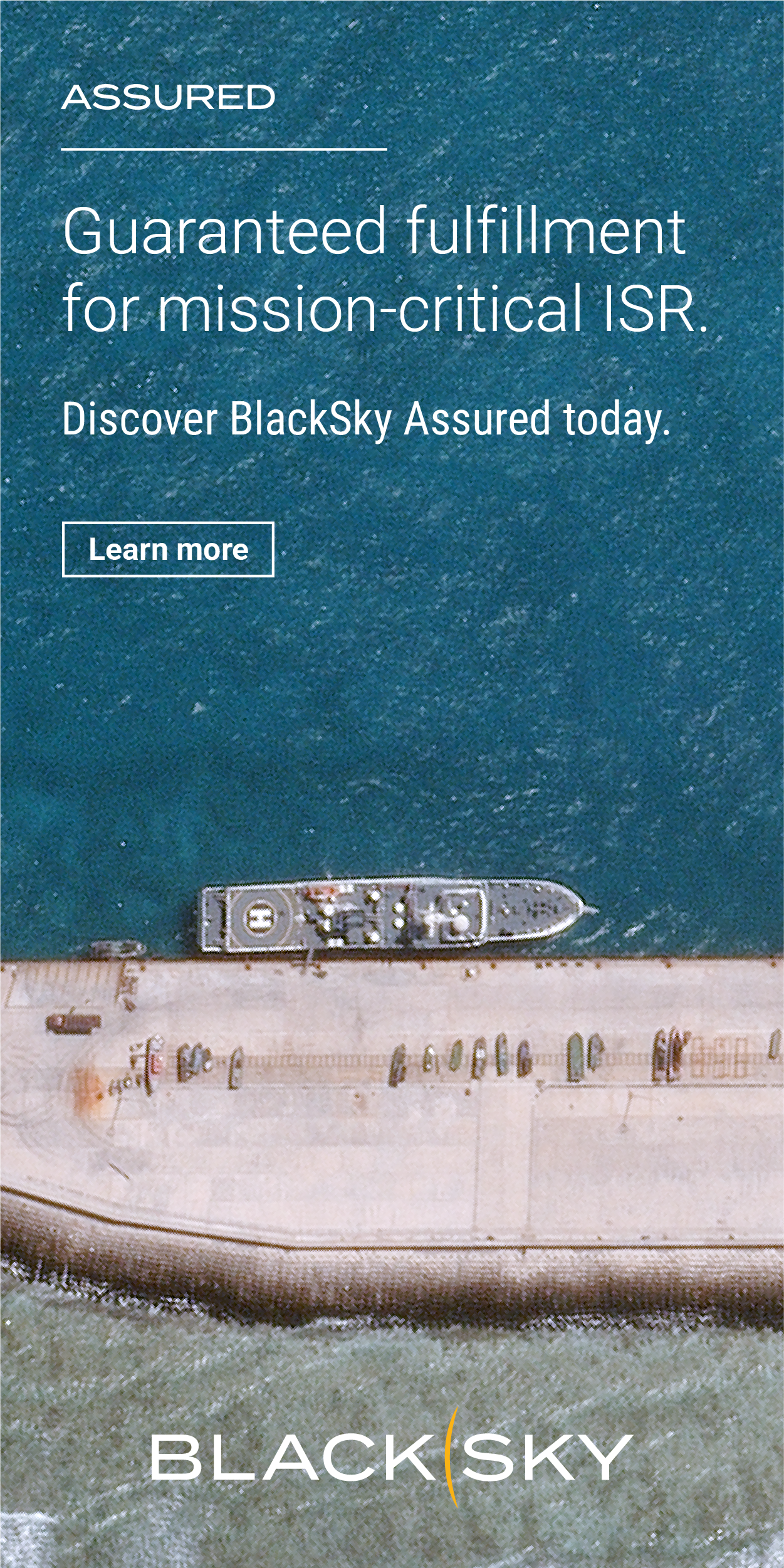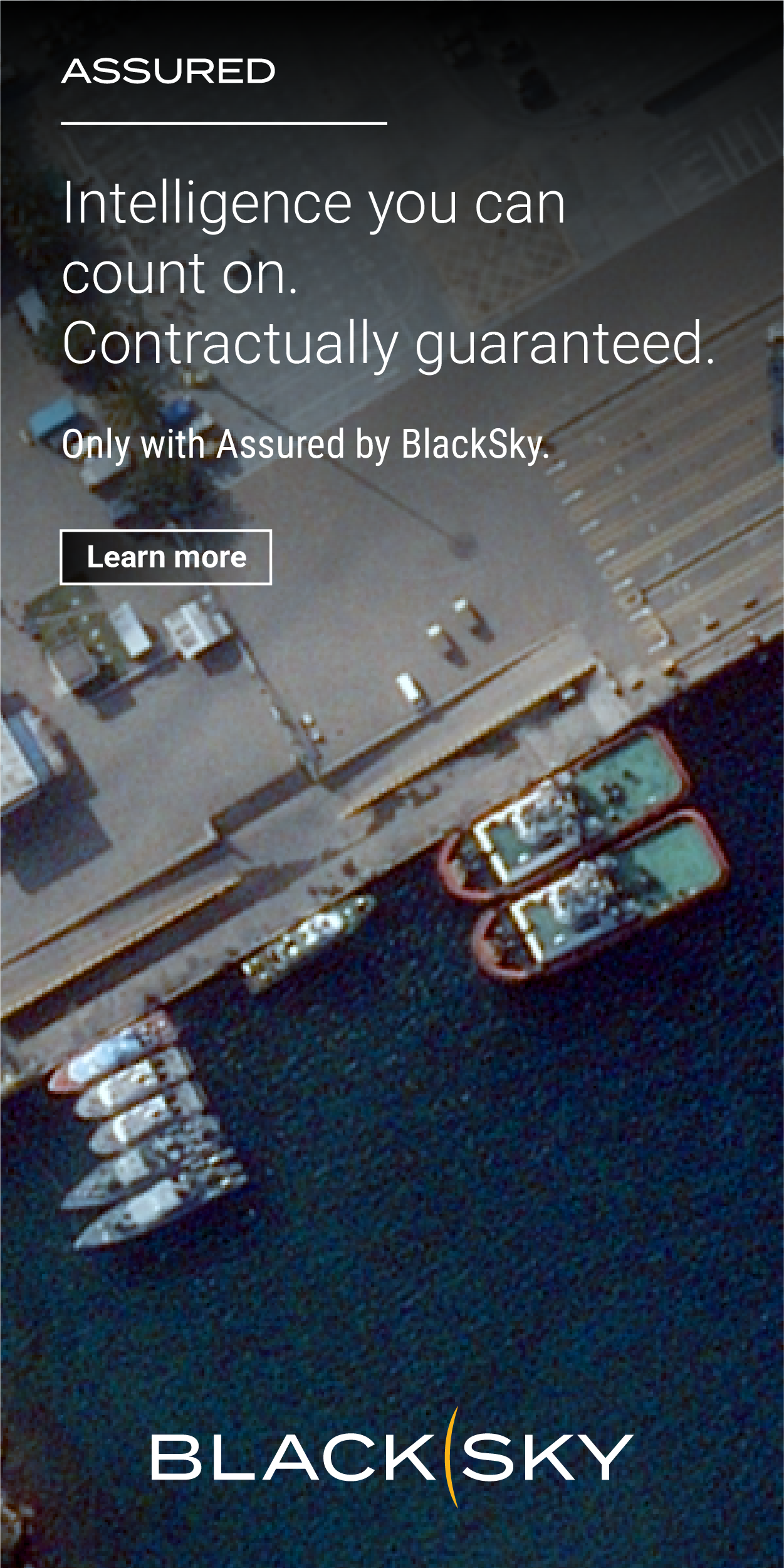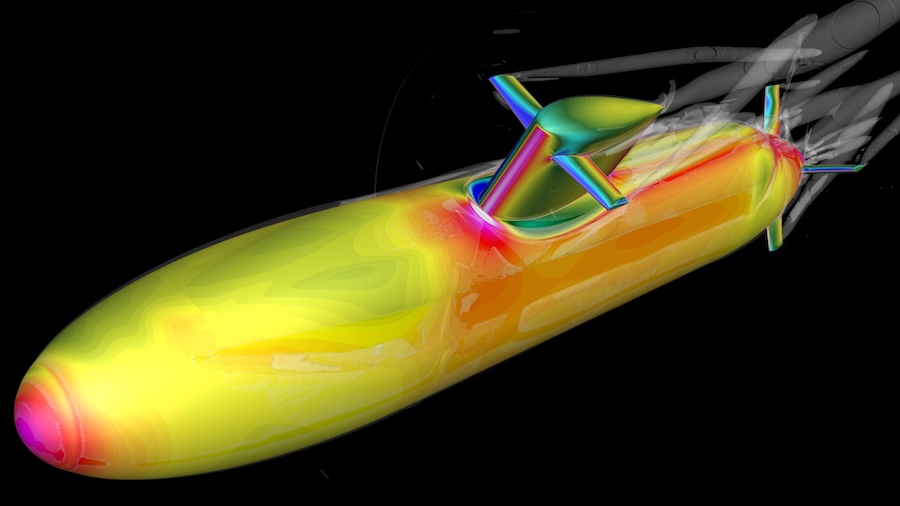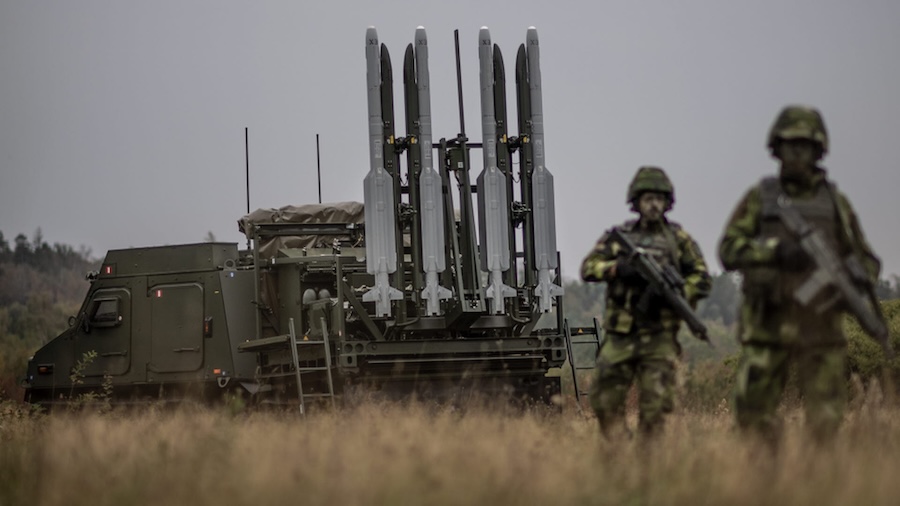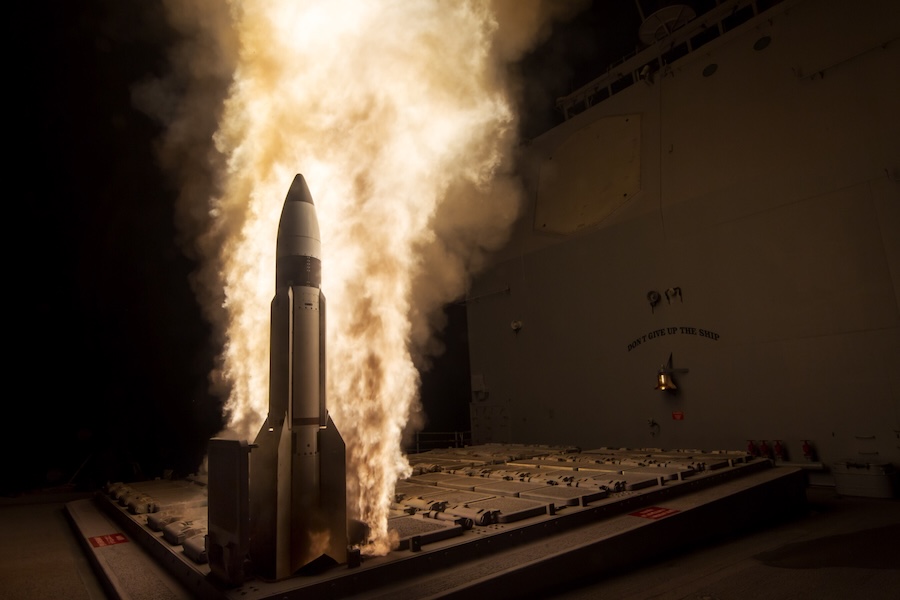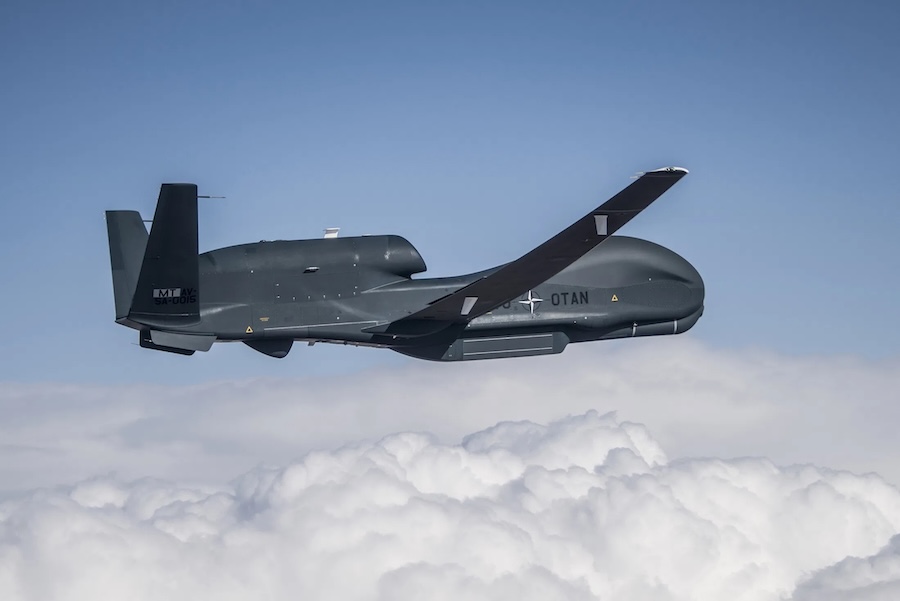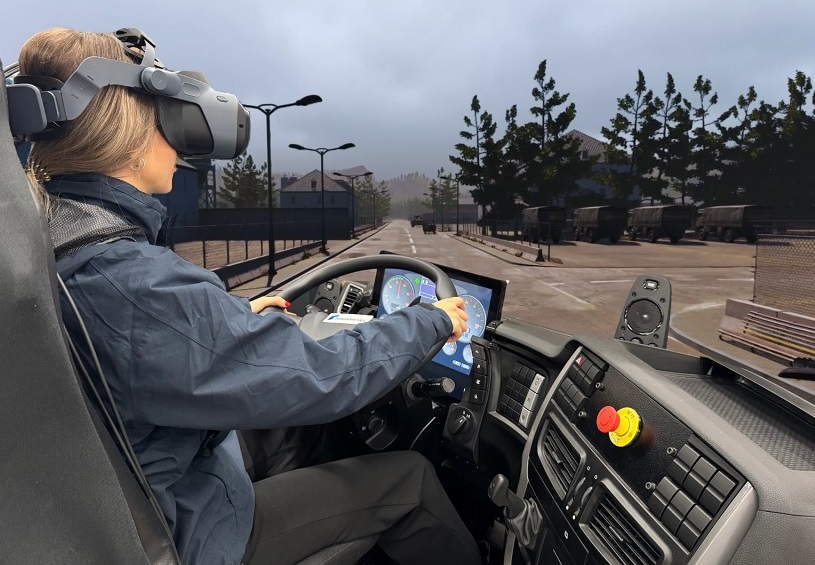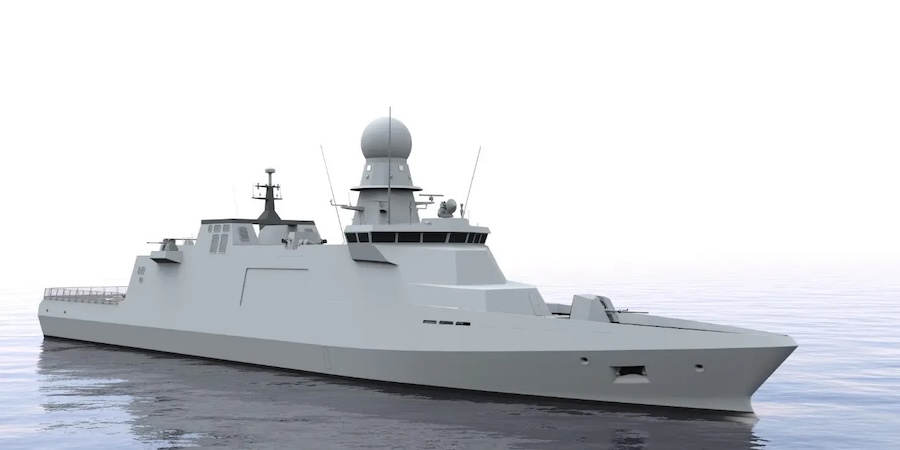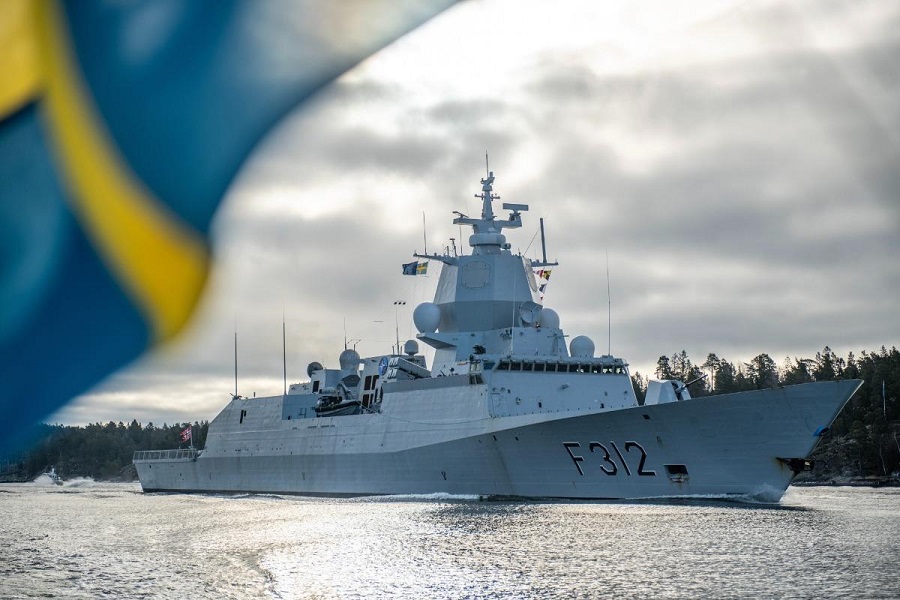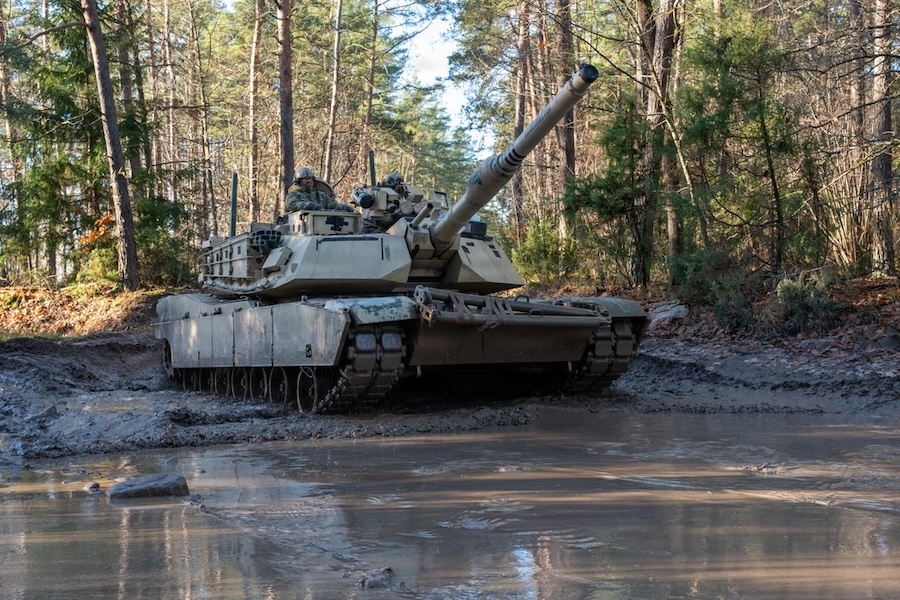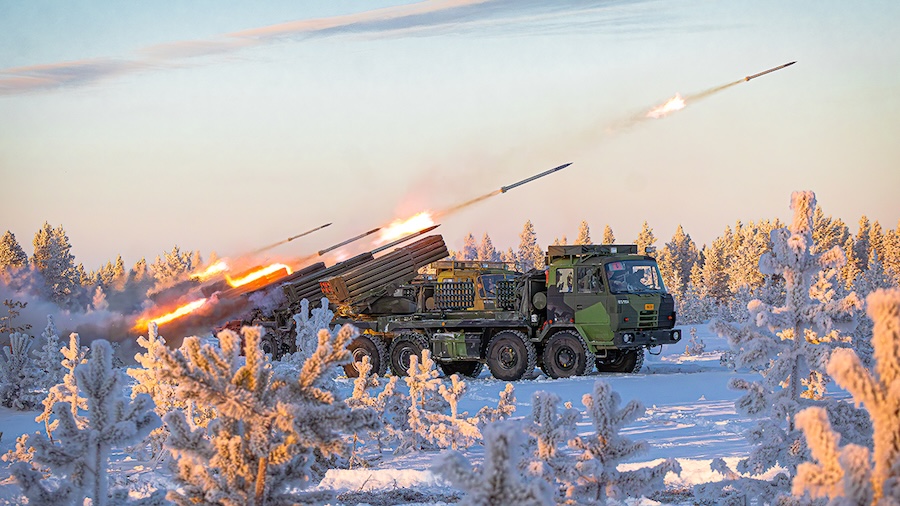The NSS6G project began in 2020 through a collaboration between France, Italy, the United Kingdom and the United States, with the agreement lasting until the end of 2034. Under the programme, these countries contribute space capacity from their national military satellite systems to NATO.
Now joined by Luxembourg and Spain, the project gains new-generation communications satellites that offer increased throughput and adaptable frequency bands. Luxembourg contributes through its GOVSAT satellite, while Spain participates via Hisdesat’s Spainsat NG-1 satellite.
“These new capabilities are critical for ensuring NATO’s resilience and operational effectiveness in an increasingly contested space domain,” said Ludwig Decamps, General Manager of the NCIA. He added, “The addition of Luxembourg and Spain strengthens the Alliance’s ability to respond to evolving security challenges.”
The new satellite services enhance NATO’s access to super high frequency (SHF) and ultra-high frequency (UHF) bands, both essential and in high demand. This added capacity is expected to increase flexibility and resilience for military communications across NATO missions and exercises.
NCIA continues to manage and operate the SATCOM capability on behalf of the Alliance. While NSS6G primarily supports NATO-led activities, member nations may also request access to the services, subject to approval by NATO bodies.
Source: NATO Communications and Information Agency (NCIA).



